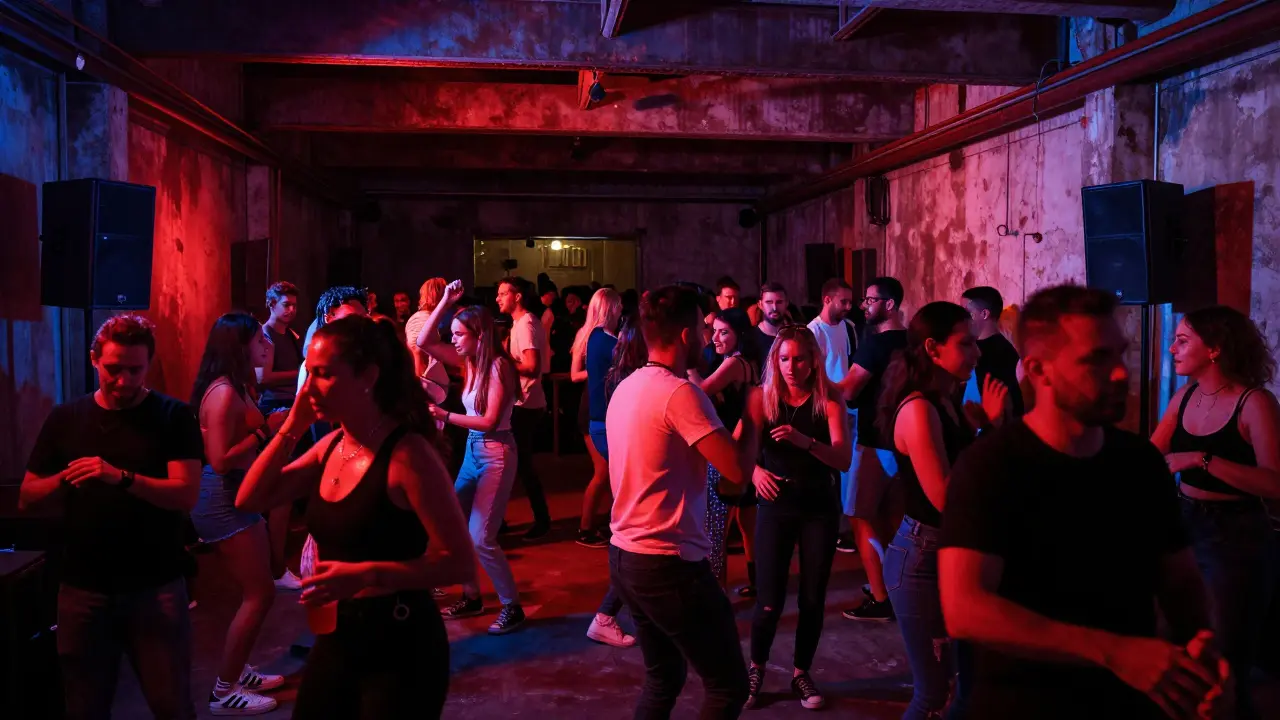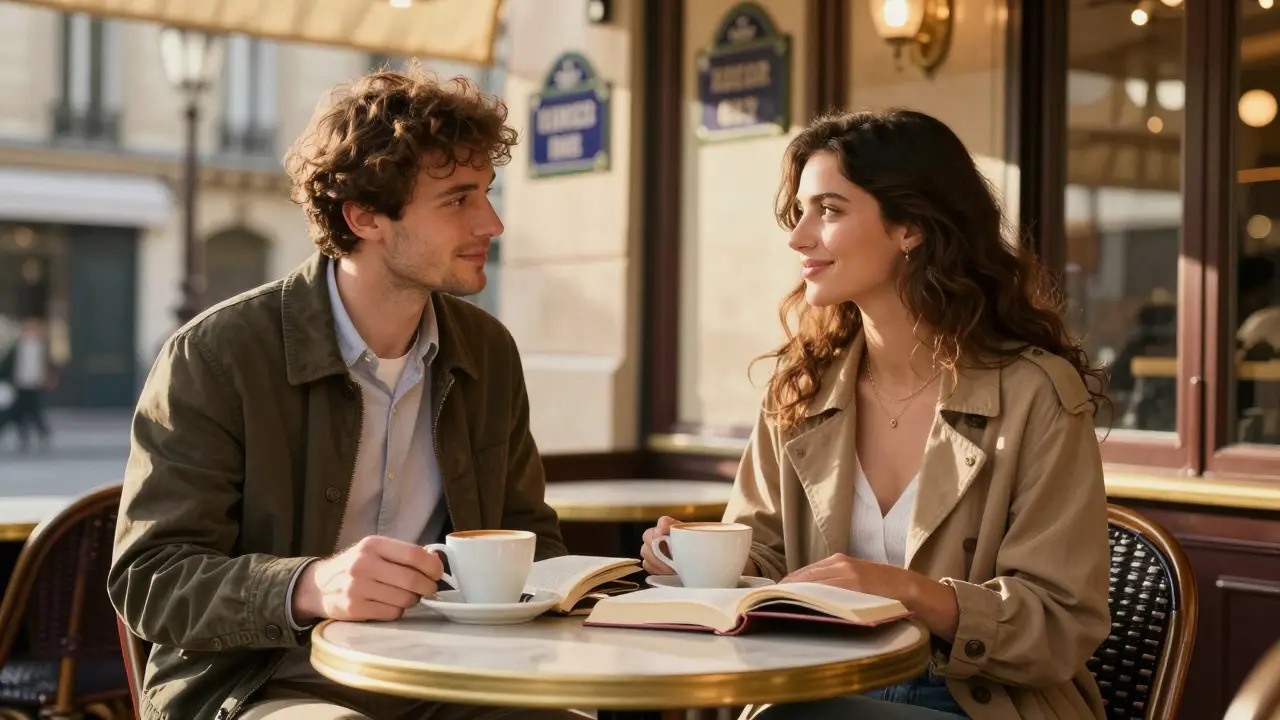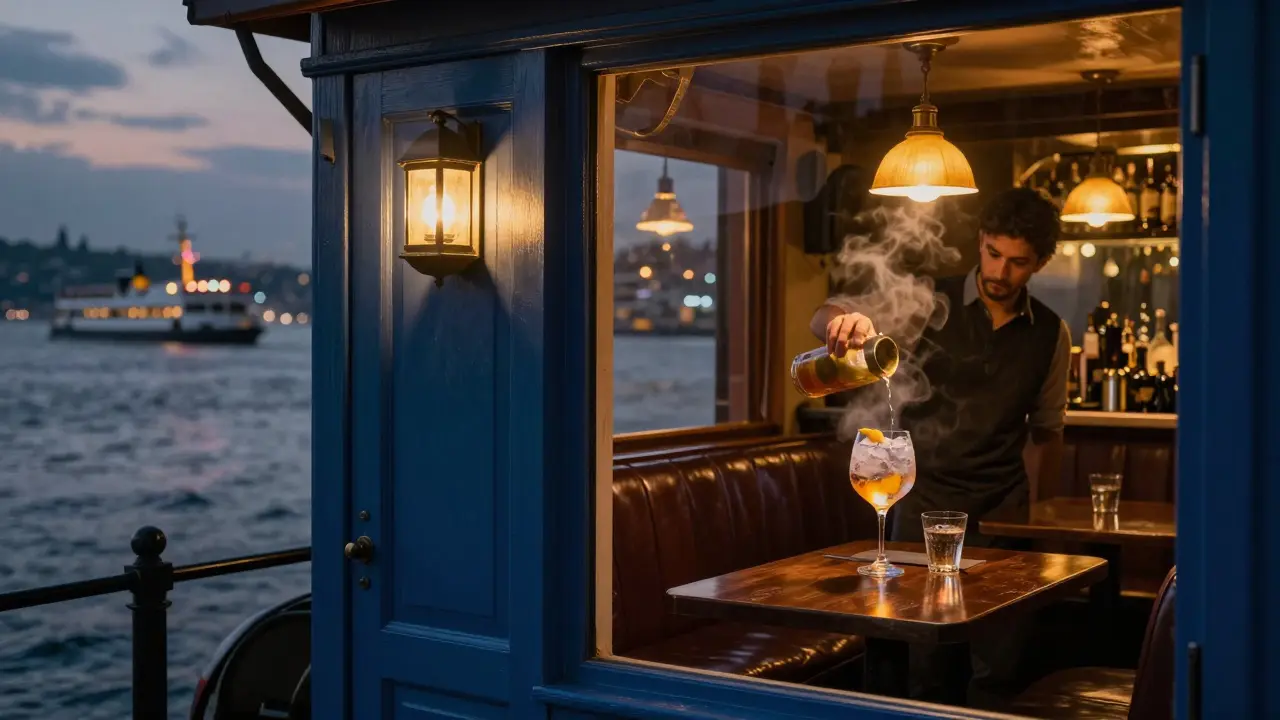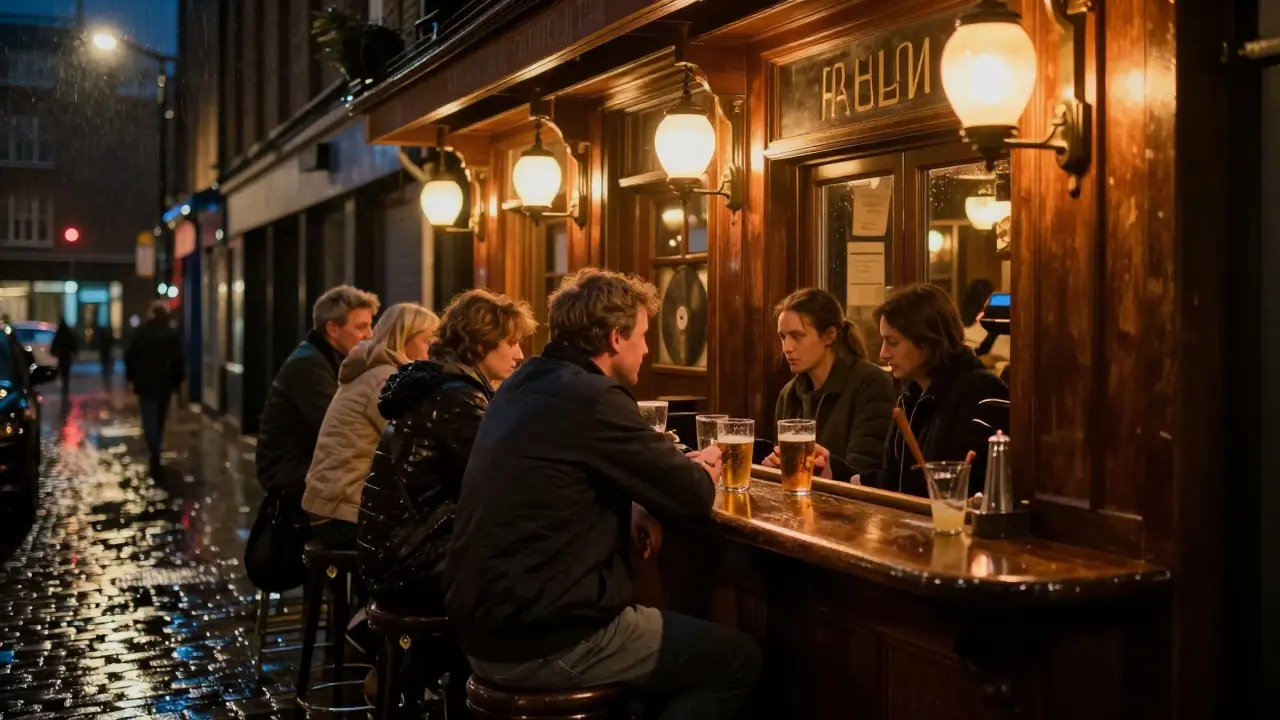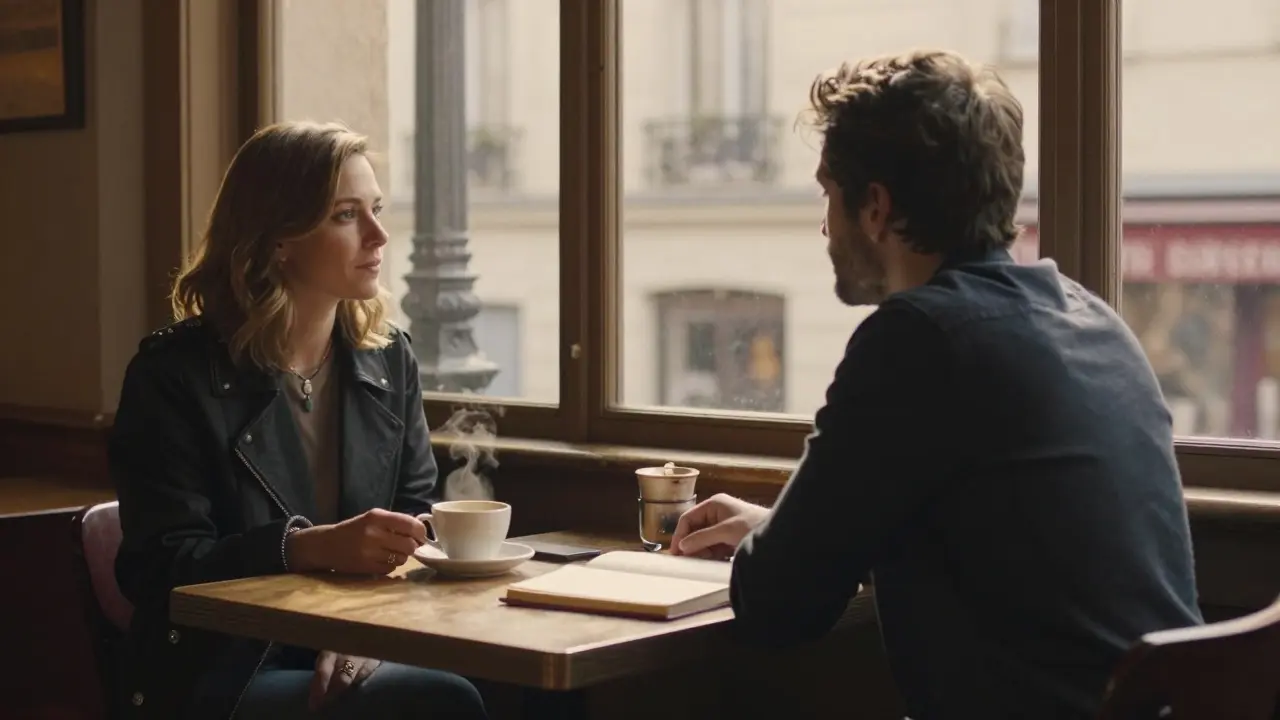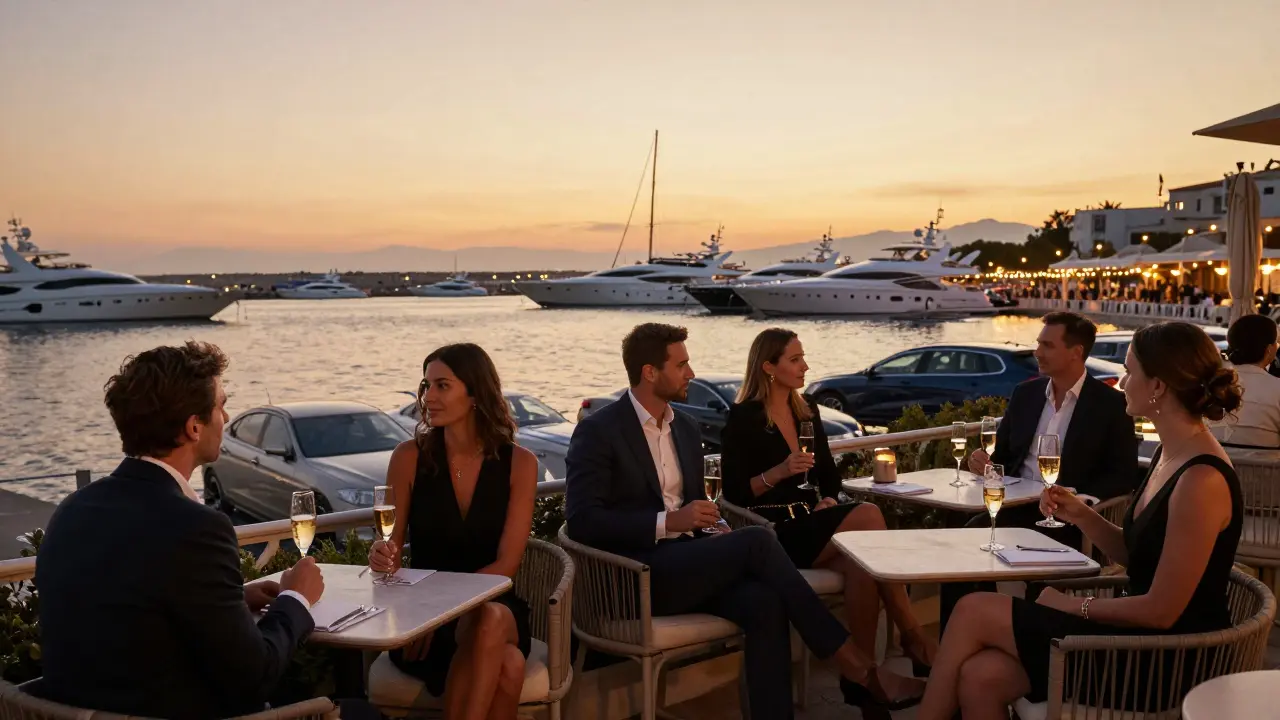When the sun sets over Milan, the city doesn’t sleep-it switches gears. Forget the fashion shows and designer boutiques for a few hours. At night, Milan becomes a pulsing mix of underground techno dens, rooftop lounges with skyline views, and historic wine bars where locals clink glasses until dawn. This isn’t just a city that has nightlife. It’s a city that lives for it.
Where the Locals Go: Navigating Milan’s Real Nightlife
If you’ve ever walked through Brera after 10 p.m., you’ve seen it: groups of Milanese in sleek coats, laughing loudly, moving from one tiny bar to the next. They don’t go to the same clubs as tourists. They know the hidden spots. The ones with no sign, no line, just a flickering neon light above a door you might walk past without noticing.
Start in Brera. It’s not the loudest district, but it’s the most authentic. Bars like Caffè della Spiga and Bar Basso (yes, the birthplace of the Negroni Sbagliato) stay open until 3 a.m. You’ll find students, artists, and old-school Milanese sipping Aperol spritzes on narrow stools. No DJs. No strobe lights. Just good conversation and even better wine.
For something more energetic, head to Porta Venezia. This neighborhood is where Milan’s LGBTQ+ scene thrives. Mistral is a cult favorite-industrial space, eclectic music, no dress code. On weekends, the dance floor fills with people from every corner of the city. The music shifts from disco to house to reggaeton without warning. That’s the point.
High-Energy Clubs: Where the Beats Never Stop
If you’re here for a full-on clubbing experience, Milan delivers. But don’t expect Las Vegas-style glitz. The best clubs here are raw, loud, and deeply rooted in underground culture.
Bocconi Club, tucked into a converted warehouse near the university, is where techno heads gather. The sound system is custom-built by Italian engineers. The lighting? Just a few dim red bulbs and the occasional laser. The crowd? Mostly 20s and 30s, dressed in black, dancing like no one’s watching. It opens at midnight and doesn’t clear until 7 a.m. Cover is €15, but it’s worth it-this is one of the few places in Europe where you can hear real, unfiltered techno without the hype.
For something more polished, La Scala Club (not to be confused with the opera house) brings in international DJs every weekend. The vibe is upscale but not snobby. The crowd is mixed-designers, tech entrepreneurs, models, and tourists who know what they’re doing. The music leans toward deep house and melodic techno. They don’t play Top 40. If you’re looking for a night where the music matters more than the bottle service, this is it.
And then there’s Rocca dei Baroni. It’s not in the city center. You’ll need a taxi or a ride-share to get there. But it’s worth the trip. This club sits inside a 19th-century villa with a garden that turns into a dance floor at night. It’s open only on weekends, and the playlist is curated by local selectors who blend Italian disco with ambient electronica. You’ll leave with sand on your shoes and a new favorite track in your head.
Rooftop Bars: Sipping with a View
Milan’s skyline is one of its best-kept secrets. And the best way to see it? From a rooftop bar with a cocktail in hand.
Terrazza Aperol on top of the Hotel Principe di Savoia offers one of the clearest views of the Duomo. The drinks are pricey-€18 for a spritz-but the atmosphere is unmatched. Sunset here is a ritual. Locals arrive at 8 p.m. sharp, order aperitivo, and watch the city lights flicker on. It’s not a club. It’s a moment.
For a more laid-back vibe, try Skyline Lounge in the Porta Nuova district. It’s quieter than Terrazza Aperol, with fewer tourists and more locals. The cocktails are creative-think lavender gin fizz or smoked orange negroni. The music is soft jazz or lo-fi beats. You can sit on a couch, stare at the glass towers of the new business district, and feel like you’re on top of the world.

Aperitivo Culture: The Italian Way to Start the Night
You can’t talk about Milan nightlife without mentioning aperitivo. It’s not just a drink. It’s a ritual. From 6 p.m. to 9 p.m., bars across the city offer a drink (usually a spritz, gin and tonic, or wine) with a buffet of snacks-think mini sandwiches, arancini, cured meats, and fresh salads. It’s cheap. It’s social. And it’s how most Milanese begin their night.
Circolo dei Lettori in the Navigli district turns into a aperitivo hotspot on Fridays. The crowd is young, artsy, and relaxed. The food is homemade. The wine is local. The vibe? Like you’ve stumbled into a friend’s living room that just happens to have a bar.
Don’t skip aperitivo. It’s the perfect warm-up before hitting the clubs. And if you’re smart, you’ll eat well here so you don’t need to spend €50 on overpriced bar snacks later.
What to Avoid in Milan’s Nightlife
Not every place labeled "nightlife" in Milan deserves your time.
Avoid the clubs near Piazza Duomo that advertise "VIP tables" and "free entry for girls." These are tourist traps. The music is generic EDM, the drinks are watered down, and the bouncers are rude. You’ll pay €30 for a drink that costs €5 elsewhere.
Also, don’t expect 24-hour partying. Most clubs close by 3 a.m. Some close at 2. The city doesn’t run on New York or Ibiza time. If you’re looking for a 6 a.m. rave, you’re in the wrong city. Milan’s nightlife is about quality, not quantity.
And dress appropriately. Milan is still a fashion capital. You don’t need to wear a suit, but flip-flops and tank tops won’t get you past the door at most clubs. Dark jeans, a nice shirt, and clean shoes? That’s the standard.
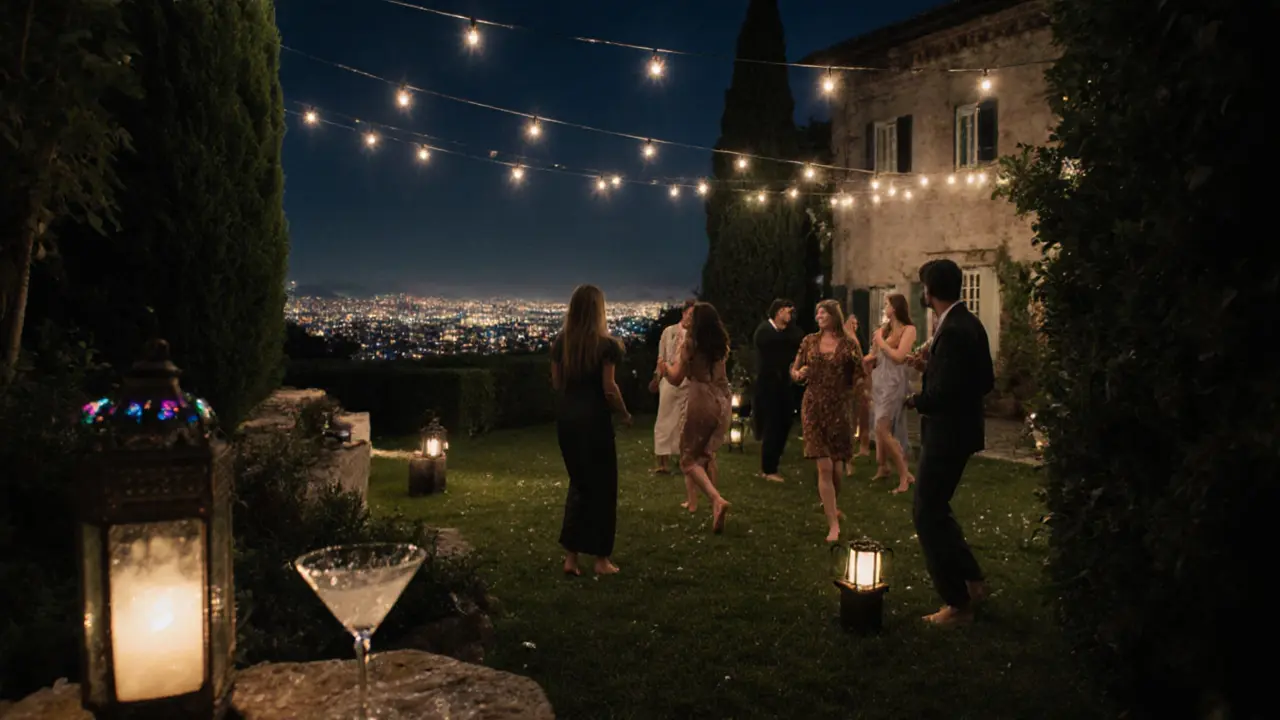
When to Go: Seasonal Tips
Summer (June-August) is when the city truly comes alive. Outdoor clubs like Rocca dei Baroni and La Baita open their gardens. The Navigli canals turn into floating bars. It’s the best time to be here.
Winter is quieter, but not dead. Many clubs shift indoors and focus on themed nights-vinyl-only sets, live jazz, or Italian indie bands. January and February are slow, but March and April bring back the energy. October is a sweet spot: cool weather, fewer tourists, and the club scene is just warming up.
Weekends are the real action. Friday and Saturday nights are packed. Sunday is for late brunches and quiet bars. Monday? Stick to coffee.
Getting Around: How to Navigate After Dark
Milan’s metro shuts down at 1 a.m. After that, you’re on your own. Taxis are reliable but expensive. Uber works, but it’s not as common as in other European cities. Bolt and Free Now are better options-they’re cheaper and faster.
For short distances, walking is fine. Brera to Porta Venezia is a 20-minute stroll. Navigli to the Duomo is even shorter. Just stick to well-lit streets and avoid the back alleys near Lambrate after midnight.
And always carry cash. Many small bars and clubs don’t take cards, especially the ones locals love.
Final Tips for a Perfect Night Out
- Start with aperitivo-eat well, drink smart.
- Don’t go straight to the biggest club. Explore smaller spots first.
- Check Instagram for pop-up events. Milan’s scene is full of surprise nights.
- Learn a few Italian phrases. A simple "Grazie" goes a long way.
- Leave your flashy jewelry at home. It’s not worth the risk.
- Bring a light jacket. Even in summer, the air gets cool after midnight.
Milan’s nightlife isn’t about being seen. It’s about being present. Whether you’re dancing until sunrise in a warehouse or sipping a Negroni under the stars, this city rewards those who slow down, listen, and feel the rhythm.
What time do clubs in Milan usually close?
Most clubs in Milan close between 2 a.m. and 3 a.m. Some, like Bocconi Club, stay open until 7 a.m., but those are the exception. The city enforces quiet hours after 3 a.m., so don’t expect all-night parties like in Ibiza or Berlin.
Is Milan nightlife safe for tourists?
Yes, Milan is generally safe at night, especially in popular nightlife areas like Brera, Porta Venezia, and Navigli. Stick to well-lit streets, avoid overly crowded tourist traps, and keep your belongings close. Petty theft can happen, but violent incidents are rare. The local police patrol nightlife zones regularly.
Do I need to make reservations for clubs in Milan?
For most clubs, no. But if you’re going to a popular spot like La Scala Club or Rocca dei Baroni on a Saturday night, it helps to book ahead. Some rooftop bars, like Terrazza Aperol, take reservations for sunset slots. Walk-ins are fine during the week or for smaller venues.
What’s the dress code for Milan clubs?
Milan is fashion-forward, but not overly strict. Dark jeans, a stylish top, and clean shoes work for most places. Avoid sportswear, flip-flops, or anything too casual. Some upscale clubs may turn you away for shorts or tank tops. When in doubt, dress a little sharper than you think you need to.
Are there any free entry nights in Milan?
Yes, but they’re rare and usually tied to special events. Some bars offer free entry before midnight if you arrive early for aperitivo. Underground clubs like Mistral sometimes have free nights on Wednesdays for local artists or vinyl-only sets. Always check their Instagram or Eventbrite page before heading out.
Can I find English-speaking staff in Milan’s nightlife spots?
In tourist-heavy areas like the Duomo or Corso Buenos Aires, yes. But in local favorites like Brera or Navigli, many staff speak little to no English. Don’t worry-most places have picture menus or use hand gestures. A smile and a "Per favore" go a long way.
Next time you’re in Milan, skip the guided tours after dark. Wander. Listen. Taste. Let the city show you its rhythm. You’ll leave with more than just a story-you’ll leave with a memory that sticks.

